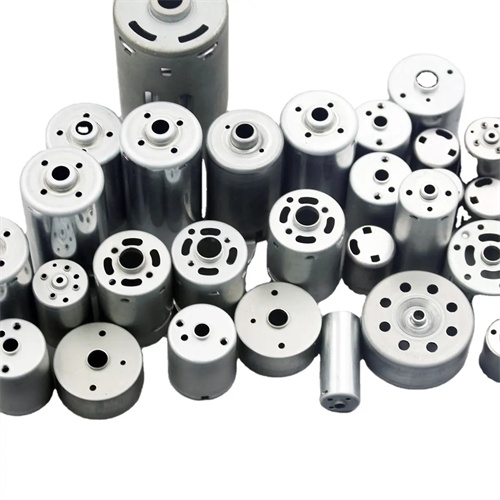Aluminum-plastic composite panels for building curtain walls
Aluminum-plastic composite panels for building curtain walls are decorative panels composed of two layers of aluminum alloy sheets (0.2-0.5mm thick) with a polyethylene core layer. Due to their lightweight, decorative, and weather-resistant properties, they are widely used in building exterior curtain walls, interior decoration, billboards, and other fields. Typical sizes are 1220mm × 2440mm and 1220mm × 3050mm, with thicknesses of 3-6mm. The aluminum alloy layer is typically made of 3003 or 5005 series aluminum-manganese alloys, which offer excellent corrosion resistance and workability. The core layer is flame-retardant polyethylene with an oxygen index of ≥30, meeting fire safety requirements.
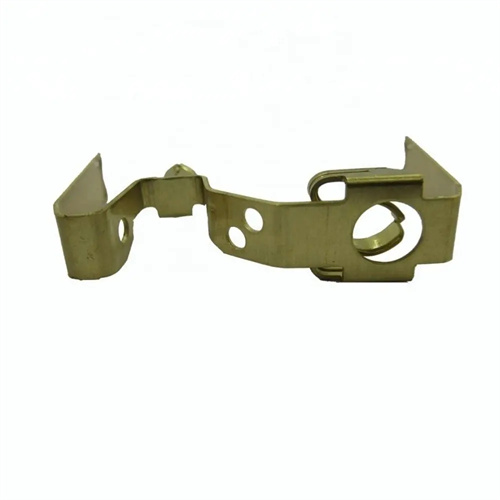
The production process for aluminum-plastic composite panels used in building curtain walls requires precision aluminum alloy sheet pretreatment, coating, lamination, and trimming. First, the aluminum alloy sheet undergoes degreasing and chromization to remove surface oil and oxide films, forming a 5-10μm thick chromized film to enhance adhesion to the coating. The coating process utilizes a roller coating method. The front side is coated with a fluorocarbon varnish (PVDF) or polyester varnish containing 70% or more fluorine, with a coating thickness of 20-30μm for excellent weather resistance. The back side is coated with a polyester varnish with a thickness of 10-15μm for enhanced corrosion resistance. In the lamination process, the coated aluminum sheet is hot-pressed with a polyethylene core layer at a temperature of 180-200°C and a pressure of 0.5-1MPa, ensuring a bond strength of 0.7N/mm or greater and preventing bubbles or delamination between the core and the aluminum sheet. The trimming process cuts the composite board to standard size, with edge flatness ≤0.5mm/m and diagonal difference ≤3mm. Finally, it undergoes weather resistance testing (such as artificial accelerated aging test, no powdering or cracking after 5000h).
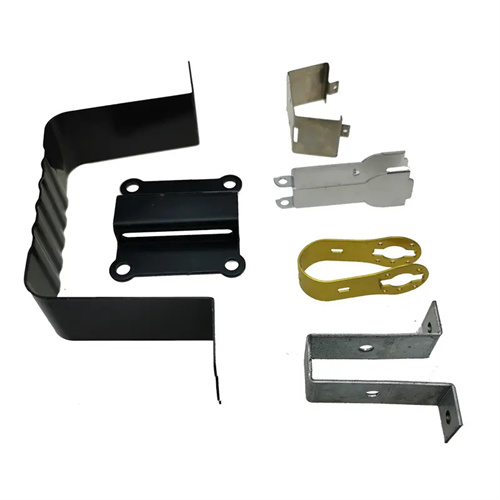
The performance advantages of aluminum-plastic composite panels for building curtain walls have earned them a prominent position in the architectural decoration field. First, their lightweight nature, with a specific weight of only 2.7-3.0 kg/m², is 80% lighter than stone and 50% lighter than glass, significantly reducing building loads and making them particularly suitable for renovation of older buildings. Second, their excellent weather resistance: the fluorocarbon coating remains colorfast and non-fading for over 20 years in outdoor environments, with a gloss retention rate of ≥80% after accelerated aging tests, making them adaptable to diverse climate zones. Third, their rich decorative properties allow them to be treated with coatings to create a variety of finishes, including metallic, simulated stone, and wood grain , meeting personalized architectural design requirements. Fourth, their excellent processability allows them to be cut, bent, and folded, with a minimum bend radius of 10 times the panel thickness, making them suitable for the fabrication of complex curtain wall units. Fifth, their cost-effectiveness is exceptional, with overall costs 30%-50% lower than stone curtain walls, and their installation efficiency is high, with a single shift capable of installing 100-200 m².
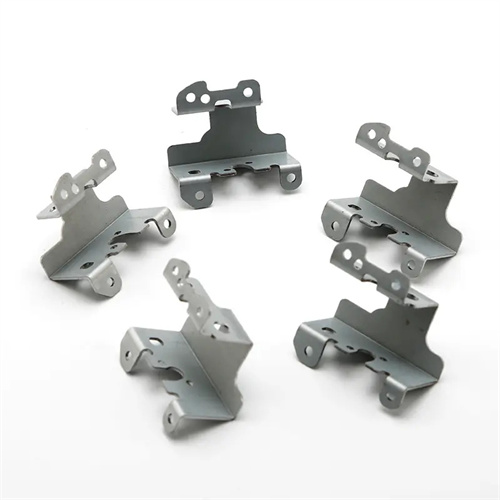
Aluminum-plastic composite panels for building curtain walls are a hallmark decorative material in modern architecture. In commercial buildings, office buildings and hotels utilize 3mm-thick fluorocarbon aluminum-plastic panels for their exterior curtain walls, using unitized installation to create a cohesive appearance. For example, the Shanghai World Financial Center utilizes silver-white aluminum-plastic panels for its curtain walls, showcasing a simple, modern style. In public buildings, airport terminals and convention centers utilize 4mm-thick polyester aluminum-plastic panels for interior walls and ceilings, facilitating cleaning and maintenance. In the renovation of older buildings, residential exterior walls are renovated with 5mm-thick aluminum-plastic panels, directly affixed to the existing walls, shortening construction time and reducing construction waste. In municipal facilities, aluminum-plastic composite panels are used for decorative panels on bus stops and subway platforms, offering resistance to weather, rain, and damage. In interior decoration, colored aluminum-plastic panels are used for the background walls of shopping mall counters and hotel lobbies, enhancing the spatial quality through design.
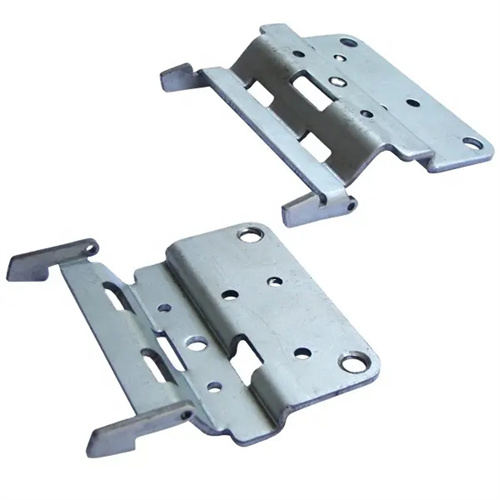
Industry trends indicate that aluminum-plastic composite panels for building curtain walls are developing towards high weather resistance, environmental friendliness, and functionalization. The application of ultra-weather-resistant fluorocarbon coatings (PVDF content ≥ 75%) extends the panel’s weathering life to over 30 years, making it suitable for tropical and cold climates. The use of environmentally friendly core materials (such as halogen-free flame-retardant polyethylene and recycled cores) complies with RoHS and LEED standards, reducing hazardous emissions by 50%. Functionalized composite panels (such as integrated insulation panels and photovoltaic composite panels) integrate decorative, thermal, and power generation functions, enhancing building energy efficiency. The promotion of intelligent production technology, including online coating thickness detection and defect detection systems, has increased product qualification rates to over 99%. In the future, with the advancement of green architecture and building industrialization, aluminum-plastic composite panels will continue to evolve towards multifunctional integration while maintaining their decorative properties, meeting the demands of building energy efficiency and sustainable development.
